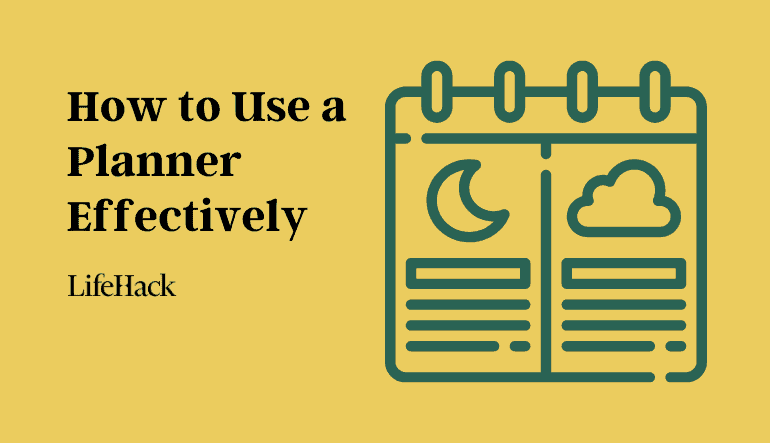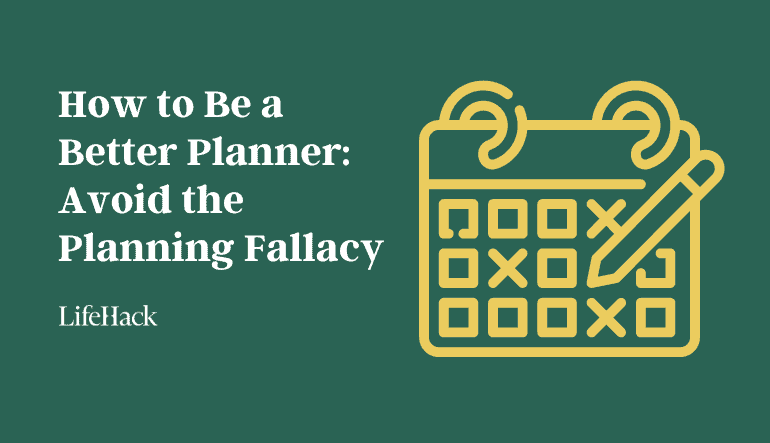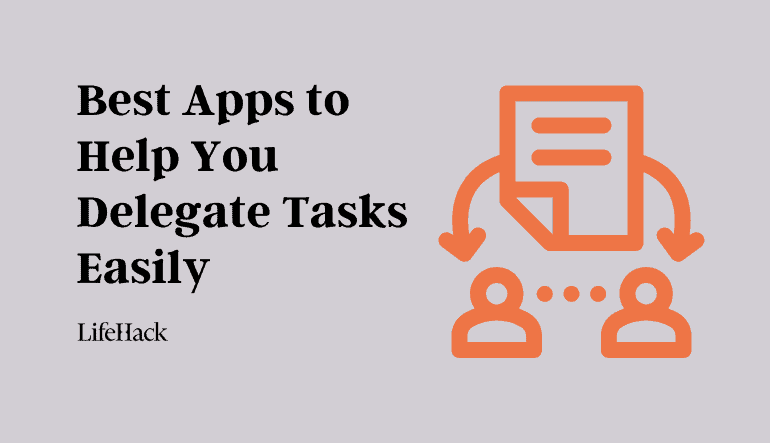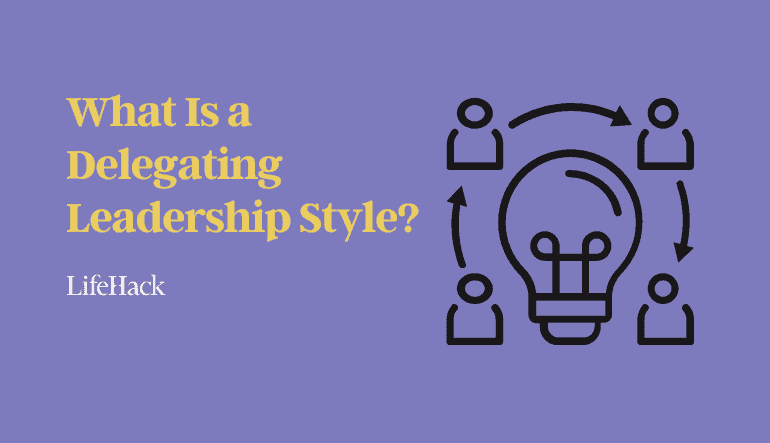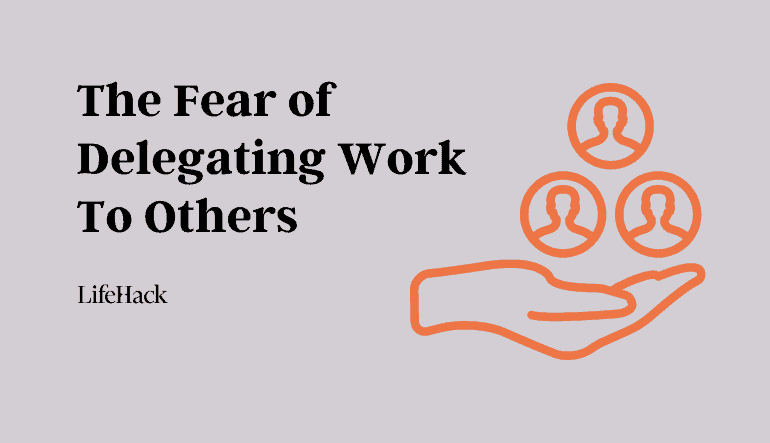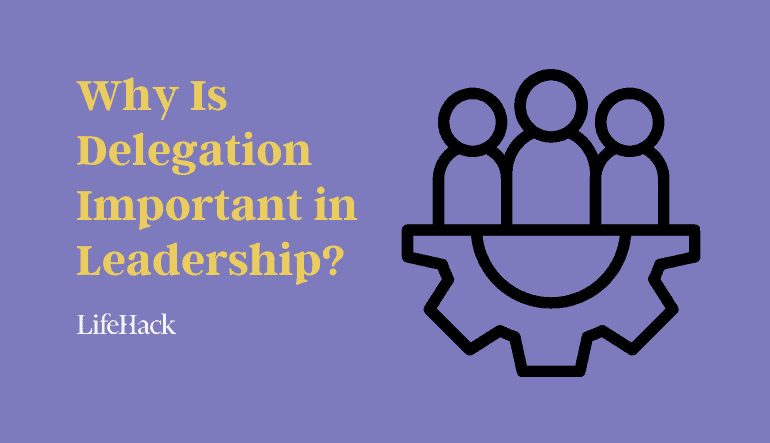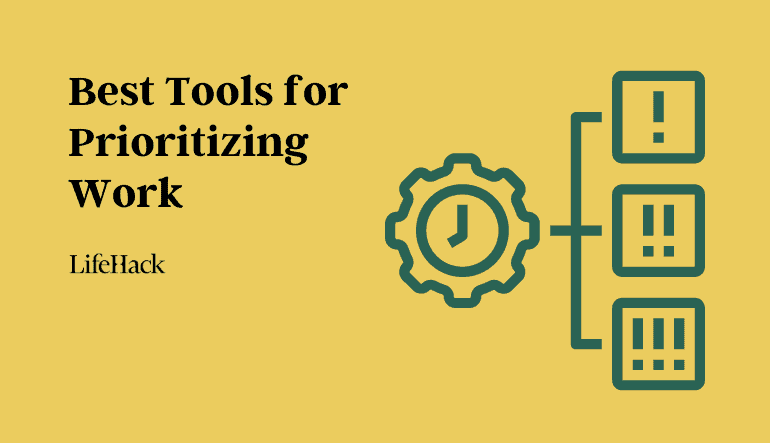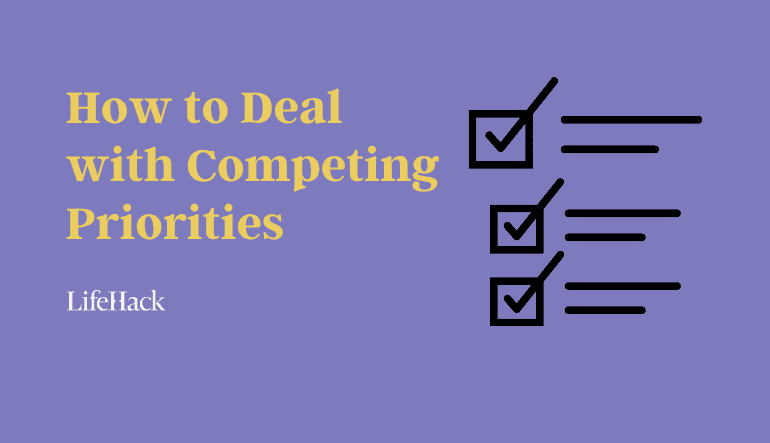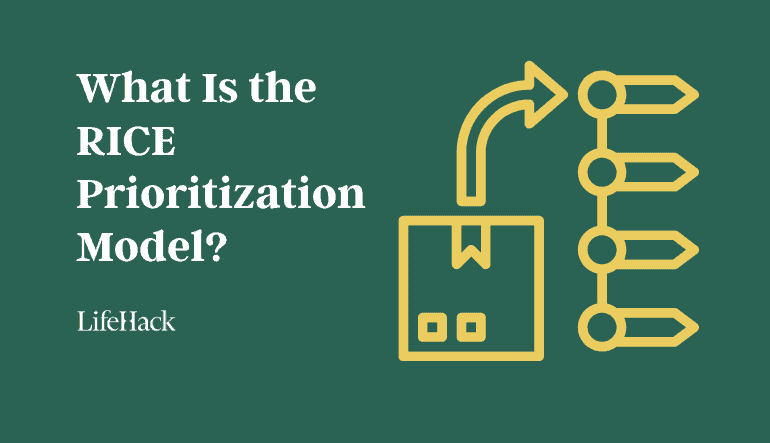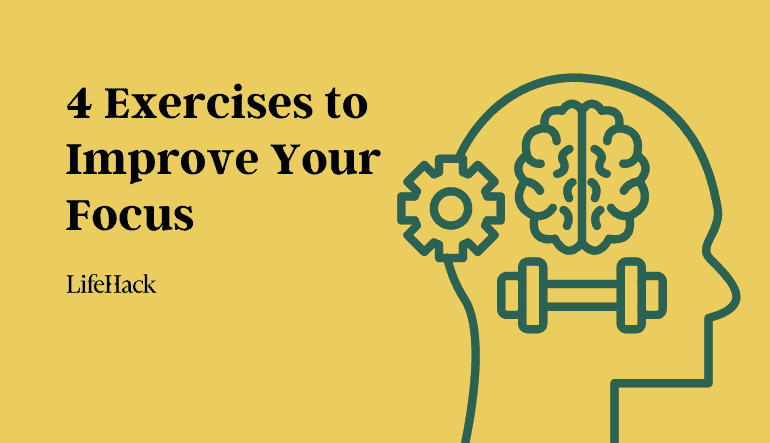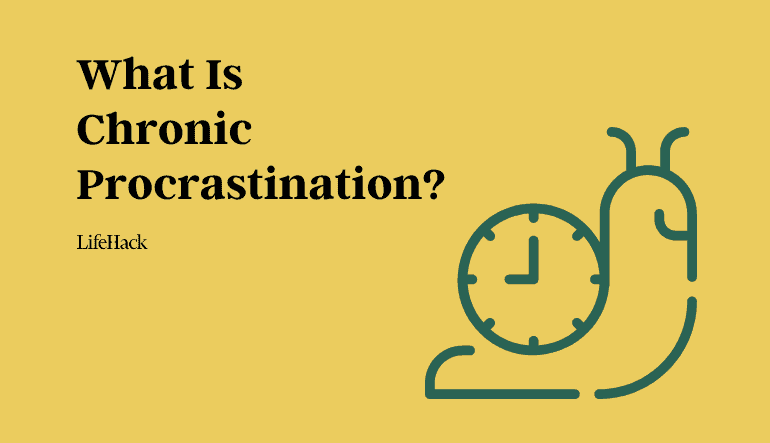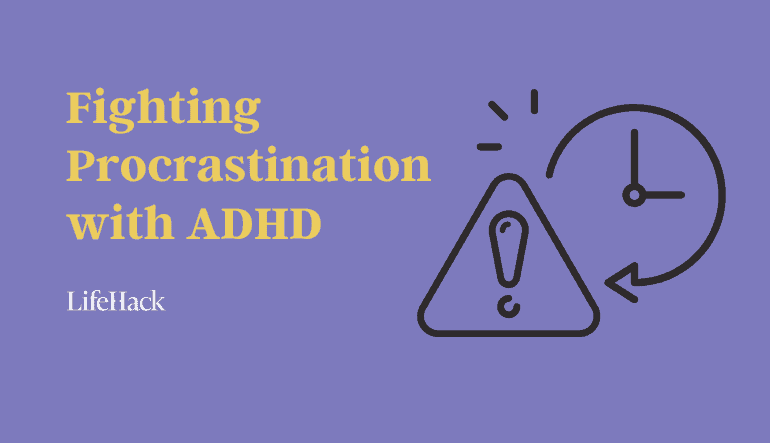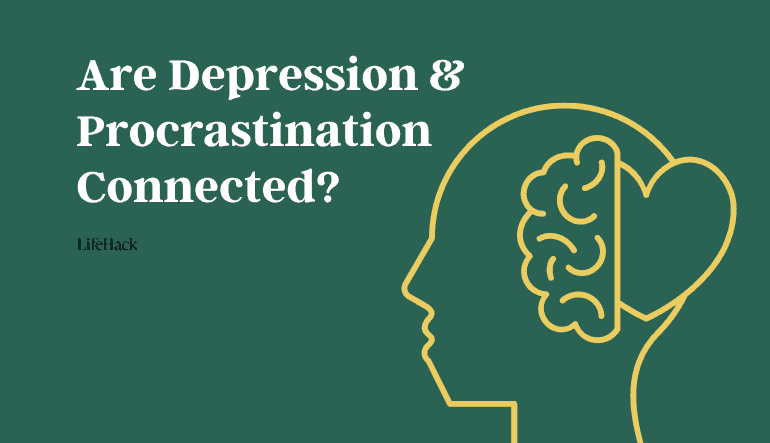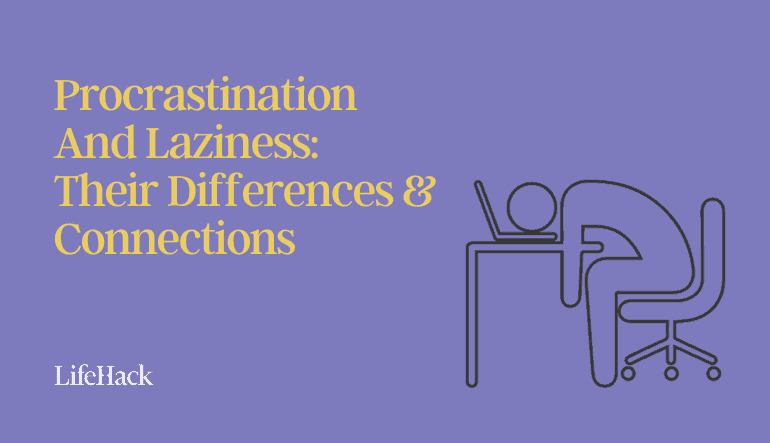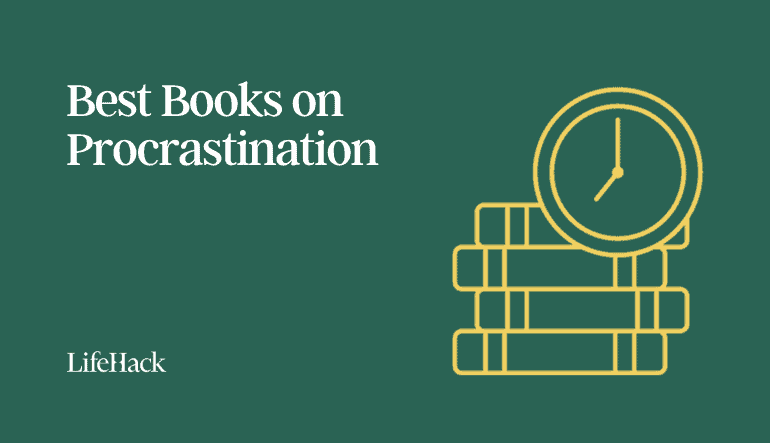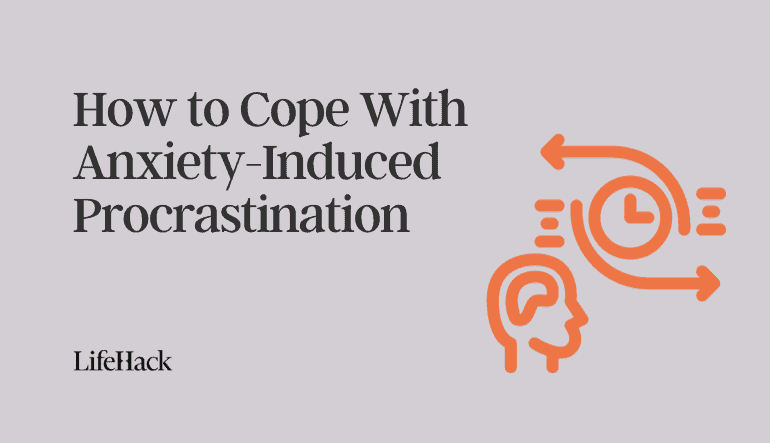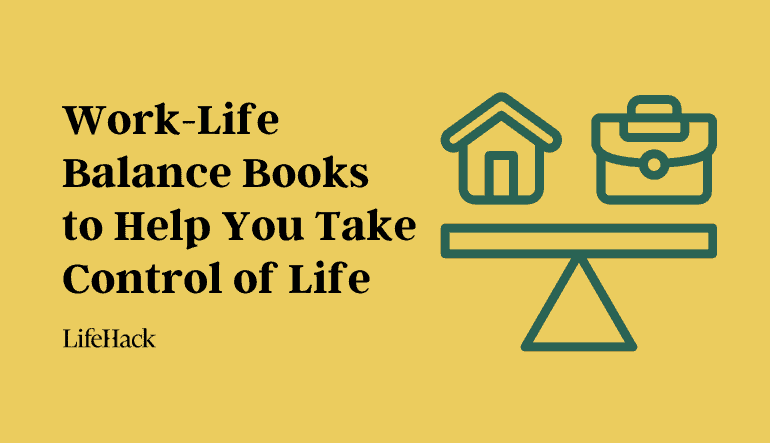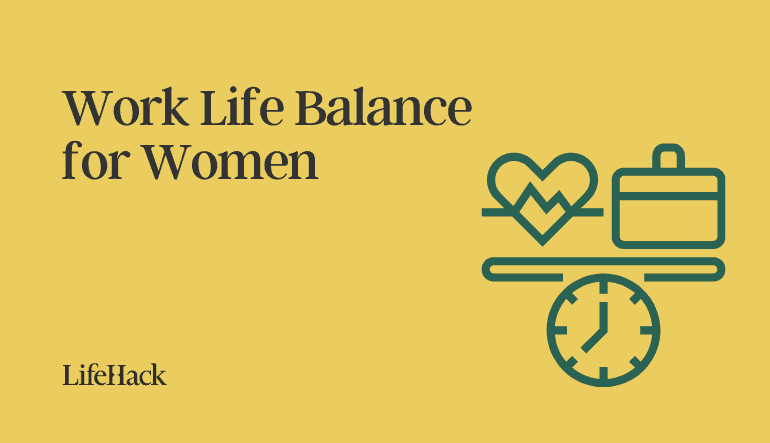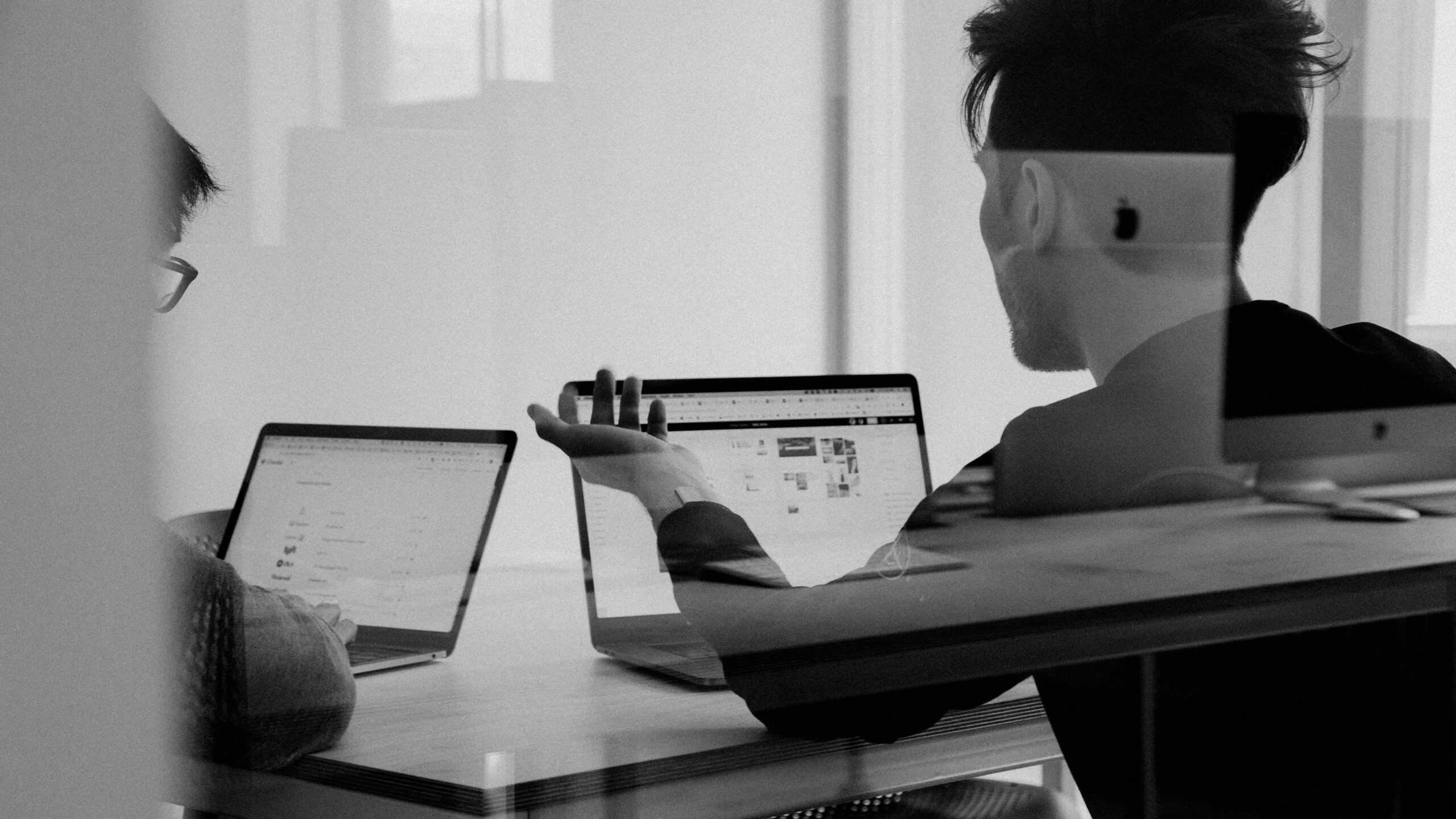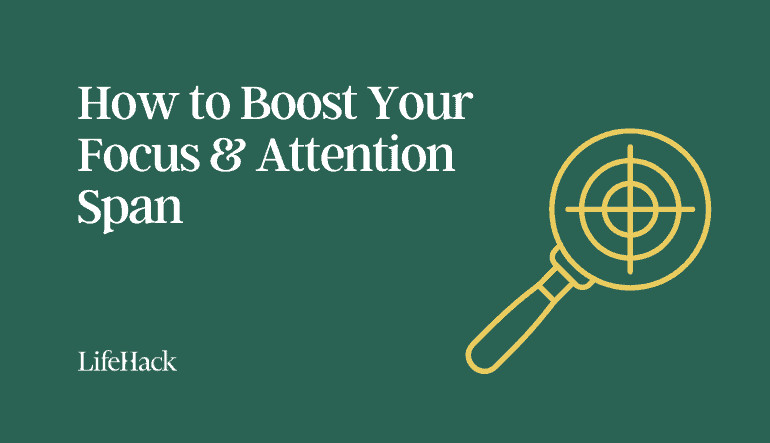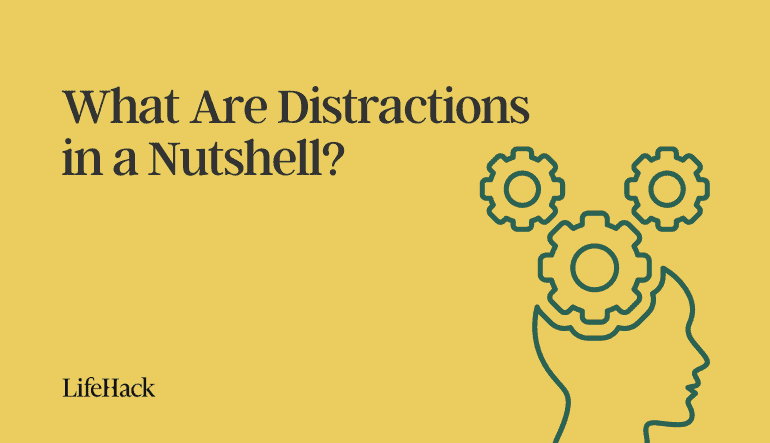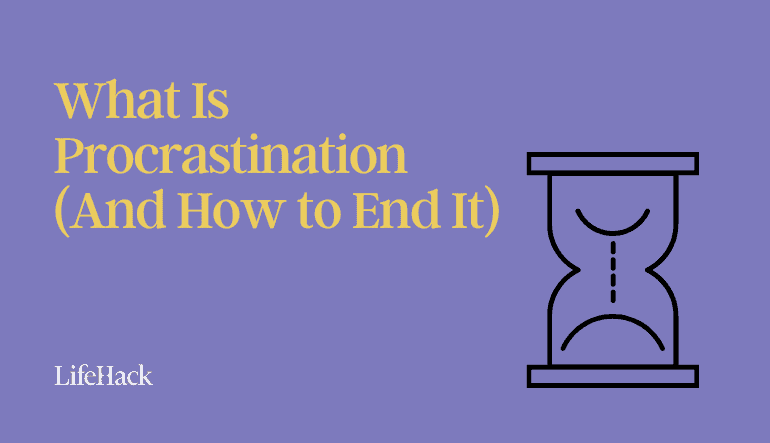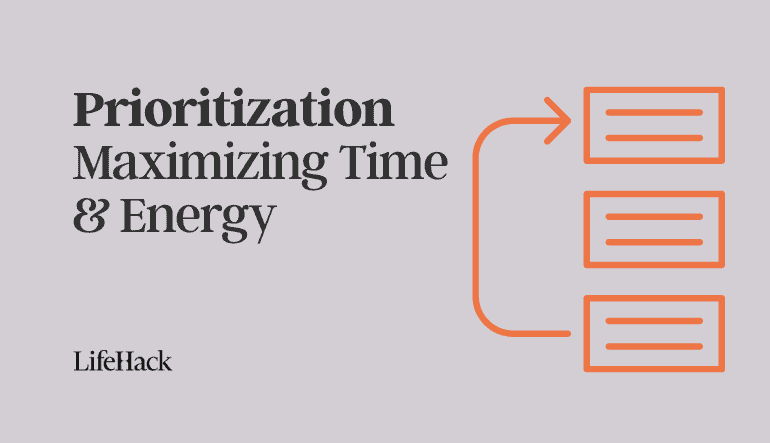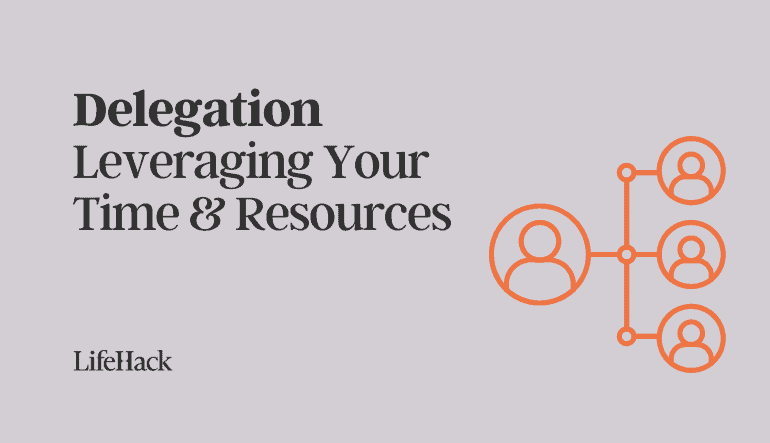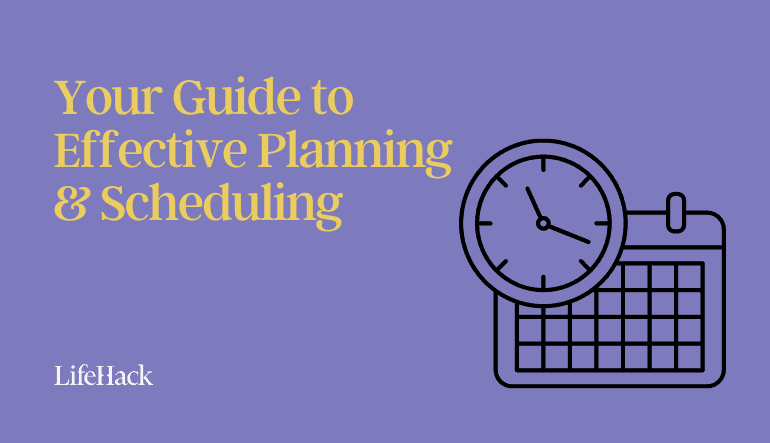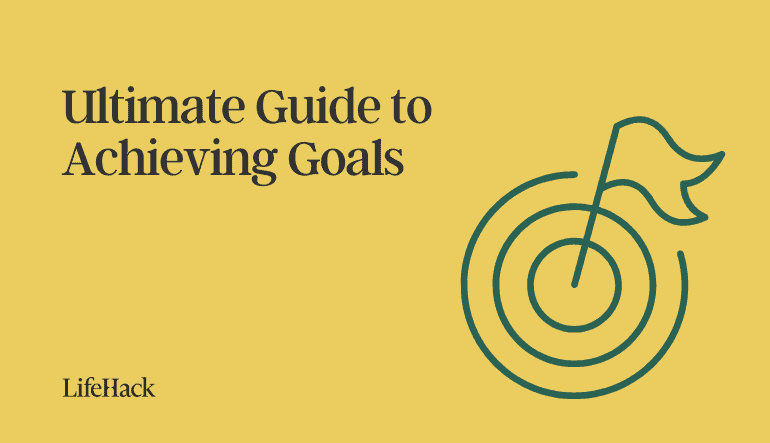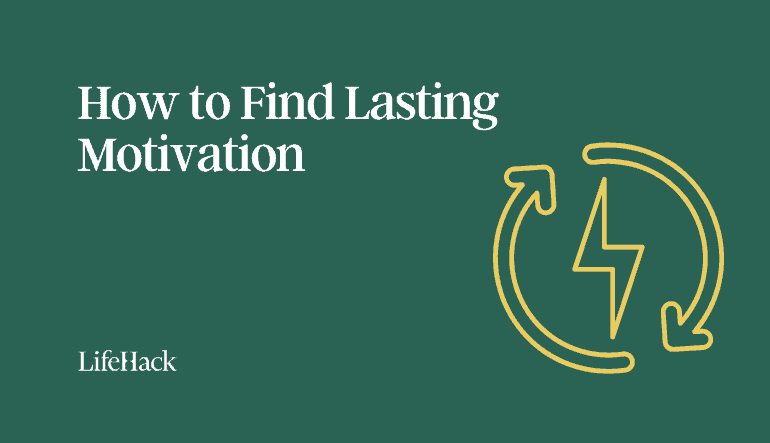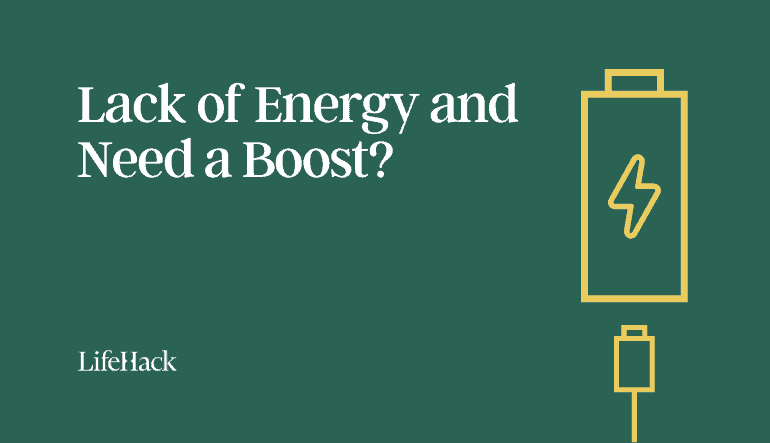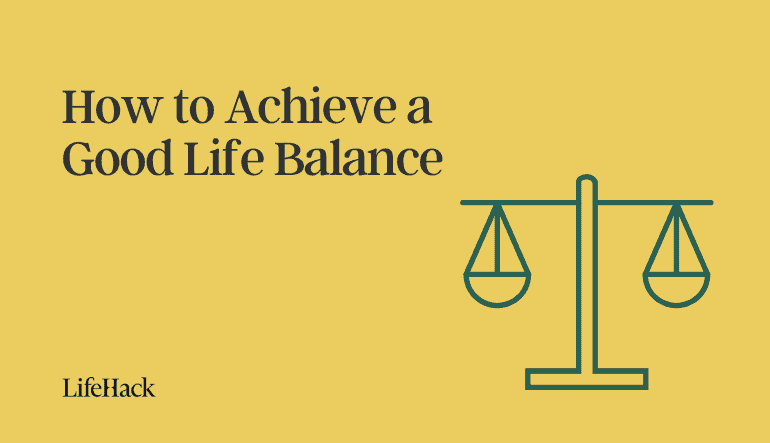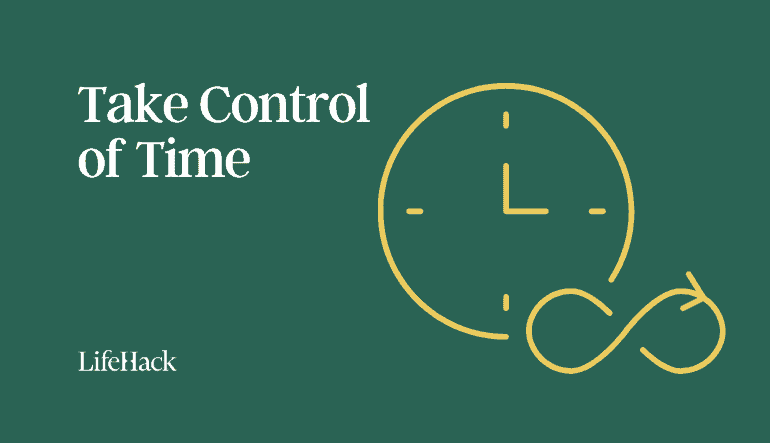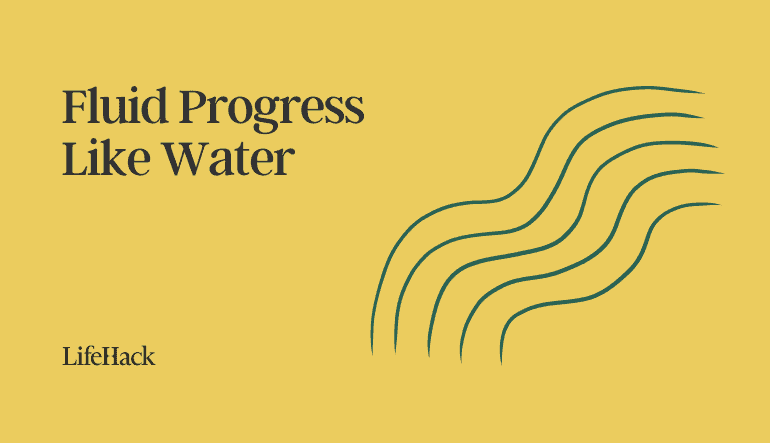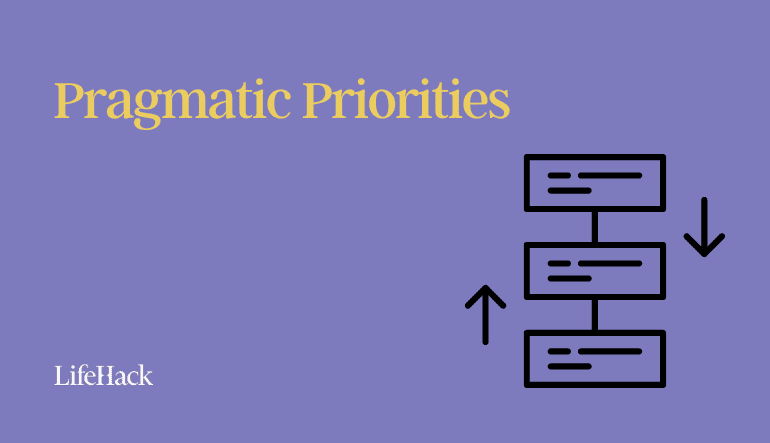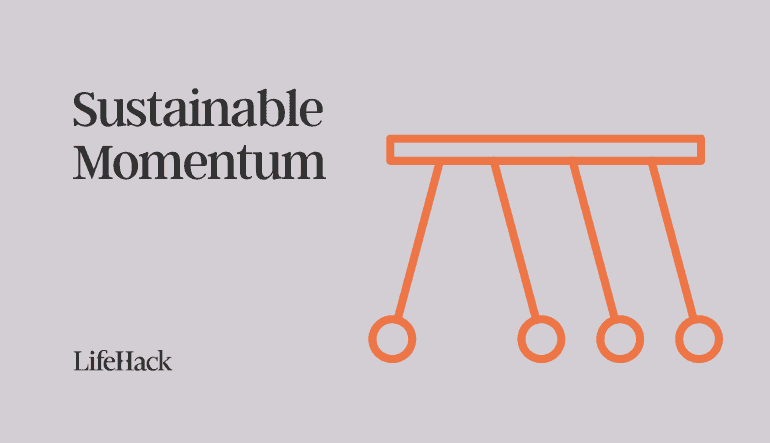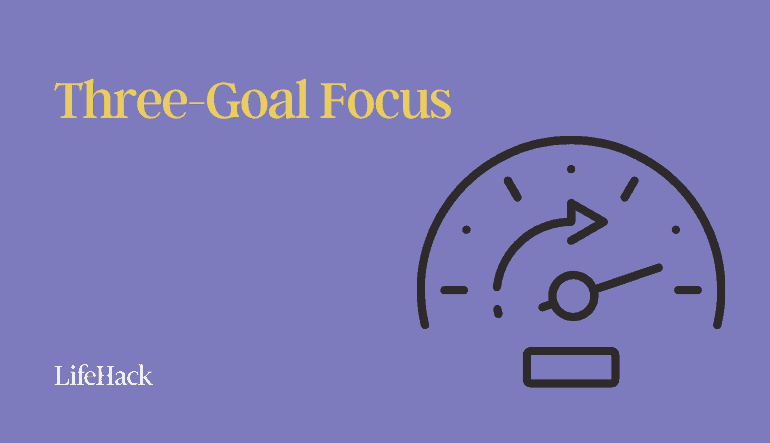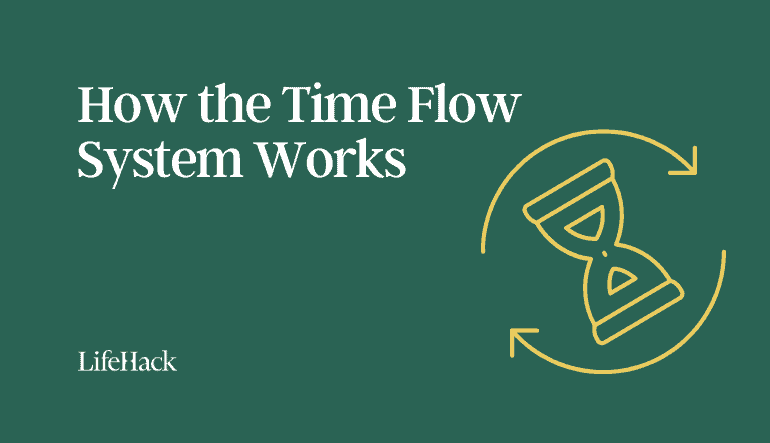Table of Contents
- Introduction
- What Is Attention Residue? The Science Behind Mental Leftovers
- The Hidden Costs: How Attention Residue Destroys Your Day
- The Surprising Upside: When Attention Residue Works FOR You
- 7 Proven Strategies to Eliminate Attention Residue
- Attention Residue in Different Work Environments
- The Future of Focus: Building Your Attention Residue Action Plan
- Conclusion
Introduction
You’re deep in thought working on an important presentation when your boss interrupts with an “urgent” request. Twenty minutes later, when you return to your presentation, your mind feels scattered and unfocused. You can’t quite get back into the flow you had before. Sound familiar?
That mental fog isn’t just regular distraction. It’s attention residue, a scientifically-proven phenomenon that’s quietly destroying your productivity every single day. First identified by researcher Sophie Leroy in 2009, attention residue explains why your brain feels so scrambled after task switching, even when you think you’ve “moved on” to the next thing.
Here’s the reality: every time you check your email mid-project, jump on an “urgent” call, or toggle between browser tabs, part of your brain stays stuck on the previous task. Those cognitive remnants pile up throughout your day, costing you up to 40% of your productive time [1].
In this article, you’ll discover what attention residue really is, why it happens at the neurological level, and most importantly, seven proven strategies to manage it. By understanding this hidden focus killer, you’ll reclaim your concentration and dramatically improve your productivity without working longer hours.
What Is Attention Residue? The Science Behind Mental Leftovers
Definition and Core Concept
Attention residue is the cognitive remnant that persists when you switch from one task to another. Think of it like mental leftovers, bits of your attention that remain stuck on the previous task even when you’ve physically moved on to something new.
Sophie Leroy’s groundbreaking 2009 research defined it precisely: when you transition between tasks, particularly if the first task is incomplete or unresolved, part of your attention stays behind [2]. Your brain essentially keeps a background process running on the old task while trying to focus on the new one.
This isn’t the same as regular distraction or mind-wandering. With distraction, something external pulls your attention away. With attention residue, your own cognitive system creates the interference. The more unfinished or emotionally charged the previous task, the stronger the residue.
It’s related to the Zeigarnik Effect, a psychological phenomenon where your brain remembers incomplete tasks better than completed ones. Your mind keeps these open loops active, consuming mental resources you need for new work.
The Neuroscience Behind It
Your brain isn’t wired for multitasking. What we call multitasking is actually rapid task switching, and each switch comes with a neurological cost.
When you work on a task, your prefrontal cortex creates what neuroscientists call a “mental set,” a collection of task-specific information, rules, and contextual details stored in working memory. Switching tasks requires you to drop one mental set and activate another. This process isn’t instantaneous.
Research shows it takes an average of 9.5 minutes to fully return to productive workflow after switching between digital applications [3]. During this recovery period, your cognitive performance is measurably impaired.
Your working memory has limited capacity. When you’re juggling multiple mental sets simultaneously, you overload this system, leading to mental fatigue and reduced performance. The American Psychological Association reports that even brief mental blocks from task switching can cost up to 40% of productive time [4].
The cognitive load doesn’t just slow you down. It actually changes how your brain processes information, reducing your ability to think creatively, solve complex problems, and make sound decisions.
Real-World Examples
Attention residue shows up everywhere in modern work life, though we rarely recognize it for what it is.
You’re writing a report when an email notification pops up. You spend two minutes reading and responding to it, then return to your report. But now you’re mentally replaying the email conversation instead of focusing on your writing. That’s attention residue.
You’re in a strategy meeting when you get a Slack message about an urgent client issue. You handle it quickly and tune back into the meeting. Except you’re not really present anymore. Part of your mind is still thinking about that client problem, wondering if you resolved it properly. You miss key points from the discussion and have to ask people to repeat themselves.
You’re studying for an exam with ten browser tabs open. You switch between reading an article, checking Reddit, reviewing notes, and watching a tutorial video. Each tab switch leaves cognitive breadcrumbs scattered across your attention span. After an hour, you realize you’ve absorbed almost nothing.
Or consider this: you finish a difficult phone call with a frustrated stakeholder. You immediately jump into working on a detailed financial model. Your work on the model is sloppy and error-prone because part of your brain is still processing the emotional weight of that conversation.
The common thread? Incomplete mental transitions. Your attention gets fragmented across multiple cognitive threads, and performance suffers across all of them.
The Hidden Costs: How Attention Residue Destroys Your Day
Productivity Impacts
The numbers are staggering. The average digital worker toggles between applications and websites nearly 1,200 times per day, spending roughly 4 hours per week just reorienting after switching apps. That’s 9% of your annual work time lost to mental transition costs
When you manage five concurrent projects, only 20% of your time goes to actual productive work. The other 80%? Lost to the switching process itself [5].
But it’s not just about time. Quality suffers dramatically. Leroy’s research demonstrated that people who switched tasks mid-stream performed significantly worse on subsequent work compared to those who finished their first task before moving on. The work you produce under attention residue contains more errors, lacks depth, and requires more revision cycles.
Decision fatigue compounds the problem. Every task switch requires micro-decisions: Where was I? What was I doing? What do I need to do next? These small cognitive loads accumulate throughout the day, depleting your mental resources for the decisions that actually matter.
Globally, productivity losses from context switching cost an estimated $450 billion per year [6]. That’s not just an organizational problem. It’s your career capital evaporating one task switch at a time.
Cognitive Consequences
Attention residue creates a cascade of cognitive impairments that extend far beyond simple distraction.
Your working memory becomes overloaded. Think of it like having too many apps running simultaneously on your phone. Eventually, everything slows down. Your brain experiences the same performance degradation when managing multiple mental sets at once.
Creative thinking shuts down almost completely. Breakthrough insights and novel connections require sustained focus and mental space. When your attention is fragmented, your brain never enters the deeper cognitive states where creativity flourishes. You end up producing derivative, surface-level work instead of innovative solutions.
Problem-solving ability plummets. Complex challenges require you to hold multiple variables in mind simultaneously, test hypotheses, and follow logical chains of reasoning. Attention residue disrupts this process, causing you to lose track of your reasoning, forget key constraints, or overlook critical details.
Memory retention suffers too. Information processed while under attention residue doesn’t encode properly into long-term memory. You might sit through an entire meeting or read a full article and retain almost nothing, because your brain was simultaneously processing residue from previous tasks.
About 45% of workers report that constant task switching makes them less productive, and 43% experience mental fatigue directly attributable to it. That fatigue isn’t just feeling tired. It’s genuine cognitive impairment that accumulates throughout your workday.
Long-Term Effects on Well-being
The damage from chronic attention residue extends well beyond your work performance.
Mental fatigue from constant task switching accumulates day after day, creating a baseline state of cognitive exhaustion. You start each morning already feeling depleted. Your weekends aren’t long enough to fully recover. This chronic depletion looks and feels a lot like burnout, because in many ways, it is.
Stress hormones stay elevated when your brain constantly juggles incomplete tasks and fractured attention. Your nervous system interprets this cognitive overload as a threat, keeping you in a perpetual state of low-level fight-or-flight activation. Over time, this contributes to anxiety, irritability, and difficulty sleeping.
Your career trajectory suffers silently. Colleagues who produce higher-quality work with greater consistency get promoted. Meanwhile, you’re working just as hard, possibly harder, but your output is diluted by attention residue. The gap compounds over years.
As CEO of LifeHack, I’ve seen this pattern repeatedly, both in myself and in high-performing leaders I know. You can have exceptional talent, strong work ethic, and clear vision, yet still feel scattered and ineffective because attention residue is quietly sabotaging your cognitive capacity. The executives who master attention management consistently outperform those who don’t, regardless of raw intelligence or experience.
The relationship costs are real too. When you can’t fully disengage from work mode because of persistent attention residue, you’re not truly present with family, friends, or yourself. Your relationships suffer, your hobbies feel hollow, and your ability to rest and recharge deteriorates.
This isn’t about working less or lowering your standards. It’s about recognizing that attention residue represents a fundamental threat to both your effectiveness and your well-being.
The Surprising Upside: When Attention Residue Works FOR You
Positive Applications of Attention Residue
Most research frames attention residue as purely negative. But there’s a counterintuitive insight hiding in the data: when applied intentionally, attention residue can actually enhance your performance.
The key difference? Direction. Harmful attention residue pulls you away from your current task. Beneficial attention residue keeps you locked onto your chosen priority.
When you engage in extended deep work sessions on a single complex project, you build what you might call “productive attention residue.” Your mind becomes so saturated with the problem space that even when you step away briefly, your subconscious continues processing. You’re not fragmenting your attention across multiple priorities. You’re achieving such deep immersion that the residue itself becomes an asset.
Creative professionals have long understood this intuitively. Writers often report that when they’re deep into a novel, they dream about their characters. The story lives in their head constantly. That’s attention residue working as intended, providing continuous background processing that generates insights and connections.
The Zeigarnik Effect becomes your ally here. Deliberately leaving a complex problem incomplete before a break can trigger productive rumination. Your mind works on it unconsciously, often delivering breakthrough insights when you return.
Scientists describe this as incubation, the process where stepping away from a problem allows unconscious cognitive processes to work on it. But incubation only functions beneficially when you’re deeply immersed in a single challenge, not when you’re scattering attention across disconnected tasks.
Strategic Uses
You can harness attention residue deliberately through several approaches.
Project batching involves dedicating extended time blocks, days, or even weeks to a single significant project. Instead of working on multiple initiatives simultaneously, you sequence them. This creates sustained attention residue around one priority, building momentum and depth rather than fragmentation.
During these focused periods, even your “breaks” become productive. When you go for a walk or grab lunch, your mind continues processing the project. You return with fresh perspectives and novel solutions because your full cognitive capacity has been oriented toward one challenge.
Cal Newport calls this concept “deep work,” professional activities performed in sustained, distraction-free concentration that push cognitive capabilities to their limits [7]. When you achieve this state, attention residue shifts from liability to asset.
The strategic use requires discipline. You must ruthlessly protect these deep work periods from interruption. Every task switch, no matter how brief, fractures the productive residue you’re cultivating. One “quick” email check can destroy hours of accumulated cognitive momentum.
You can also use attention residue strategically for complex, multi-stage processes. If you’re working on a presentation, spend Monday deeply researching, Tuesday outlining, and Wednesday writing. Each day builds on productive residue from the previous session. Your mind stays in “presentation mode” across multiple days, avoiding the cognitive reset that comes from task switching.
Case Study: Bill Gates
Bill Gates exemplifies what productive attention residue looks like at its extreme.
During Microsoft’s early years, Gates was famous for marathon coding sessions. He would stay in the office for days at a time, barely sleeping, completely immersed in the software he was developing. In 2014, he reflected: “20 years ago I would stay in the office for days at a time and not think twice about it” [8].
This wasn’t reckless workaholism. It was strategic deployment of sustained attention. By maintaining continuous focus on a single complex problem for extended periods, Gates built such deep immersion that even his sleep cycles contributed to problem-solving. He leveraged attention residue as a tool for breakthrough productivity.
The same principle applies to his current work with the Bill & Melinda Gates Foundation, though with more sustainable scheduling. He still employs intense concentration on single priorities, but in more manageable chunks.
You don’t need to emulate Gates’s extreme approach. The lesson isn’t about working around the clock. It’s about recognizing that when you can sustain deep focus on one significant challenge, attention residue transforms from a productivity killer into a powerful cognitive tool.
The Gates example illustrates what becomes possible when you align your attention instead of fragmenting it. The residue doesn’t disappear. Instead, it compounds in a single direction, building depth and insight rather than creating confusion and mental fatigue.
7 Proven Strategies to Eliminate Attention Residue
1. Master the Art of Single-Tasking
Single-tasking isn’t just focusing on one thing. It’s creating an environment where only one thing is even possible.
Start by identifying your highest-value work, the activities that genuinely move your goals forward. These are usually cognitively demanding tasks that require sustained concentration: strategic planning, complex problem-solving, creative work, or deep analysis.
Block dedicated time for these activities. During these blocks, you have one rule: only the designated task exists. Everything else is forbidden. No email. No Slack. No “quick checks” of anything.
Your digital environment matters enormously. Close every application and browser tab unrelated to your current task. Use tools like Freedom, Cold Turkey, or even your device’s built-in focus modes to enforce this. Your phone should be in another room, not just silenced.
If you work on your computer, consider using a separate user account or browser profile exclusively for deep work. When you log into this environment, there are no social media bookmarks, no distracting extensions, no saved passwords for sites you habitually check. It’s a clean slate optimized for a single purpose.
Physical cues help too. Some people use a specific location for focused work. Others wear particular headphones. The ritual signals to your brain: we’re in single-task mode now.
The first few sessions feel uncomfortable. Your brain, accustomed to constant stimulation, rebels. You’ll feel strong urges to check email or look something up. Resist. These urges fade as your brain adapts to sustained focus.
Single-tasking is a skill that atrophies without practice and strengthens with use. Start with manageable blocks, perhaps 25-30 minutes, then gradually extend them as your focus capacity grows.
2. Design Transition Rituals
Since you can’t eliminate all task switching, create intentional rituals to clear attention residue during necessary transitions.
Before switching tasks, perform a “brain dump.” Spend 60-90 seconds writing down exactly where you are on your current task: what you just finished, what you were about to do next, any open questions or thoughts. This externalizes the cognitive residue instead of letting it float around in your working memory.
Physical movement is remarkably effective for clearing mental residue. Stand up, stretch, walk around your space, or step outside briefly. This isn’t wasted time. It’s a deliberate reset that helps your brain release the previous task and prepare for the next one.
Some people use a brief mindfulness practice during transitions. Close your eyes, take three deep breaths, and consciously acknowledge that you’re letting go of the previous task. This sounds overly simple, but it works because you’re giving your brain explicit permission to drop one mental set before activating another.
Create environment-based transitions when possible. If you’re switching from analytical work to creative brainstorming, change your physical location. Move from your desk to a couch, or from indoors to outdoors. The environmental shift reinforces the mental transition.
For longer work sessions, especially difficult or emotionally charged tasks, schedule buffer time afterward. If you just finished a tense negotiation or challenging client meeting, don’t immediately jump into detailed analytical work. Give yourself 10-15 minutes to decompress first.
These rituals only work if you actually perform them. It’s tempting to skip them when you’re busy, but that’s precisely when you need them most. The two minutes you spend on a transition ritual saves you twenty minutes of impaired performance on your next task.
3. Implement Strategic Time Blocking
Time blocking is more than just scheduling. It’s about designing your day to minimize attention residue through intelligent task sequencing.
Group similar tasks together. If you need to respond to emails, respond to all of them in one dedicated block rather than scattering them throughout your day. Each email you handle individually creates a task switch with its own attention residue cost. Batching them means you only pay that switching cost once.
The same applies to meetings, phone calls, administrative work, or creative projects. When you batch similar cognitive modes, you reduce the number of mental set changes your brain must perform.
Respect your natural energy rhythms. Most people have a peak cognitive performance window, often in the morning. Schedule your most demanding deep work during this time. Save routine, low-cognitive-load tasks for when your energy naturally dips.
Build explicit buffer time between different types of work. Don’t schedule a strategy session immediately after a budget review. The mental modes are too different. You need transition space to clear attention residue and shift cognitive gears.
Use what some productivity experts call “theme days” for sustained projects. Dedicate entire days to specific types of work: Monday for strategic planning, Tuesday for client work, Wednesday for team management. This creates productive attention residue that compounds rather than fragments.
Consider the Pomodoro Technique, but adapt it intelligently. The traditional 25-minute work / 5-minute break rhythm works well for some tasks. But deep, complex work often requires longer uninterrupted blocks, perhaps 90-120 minutes. Experiment to find what matches your work type and cognitive capacity.
Your calendar is a tool for attention management, not just time management. Every scheduling decision either protects or fragments your focus.
4. Control Your Information Diet
Information overload is attention residue’s best friend. Every notification, update, or alert is a potential task switch waiting to fracture your focus.
Start with notifications. Turn off everything that isn’t genuinely urgent. Your phone doesn’t need to buzz every time someone likes your social media post, sends you an email, or posts in a Slack channel. Most “urgent” notifications aren’t actually urgent.
Be ruthless here. The default setting for virtually every app is to maximize notifications because it maximizes engagement, not because it serves your interests. Flip this. Make your default “no notifications” and only enable them for truly critical communications.
Email deserves special attention because it’s the primary source of workplace attention residue. Checking email is essentially inviting dozens of other people’s priorities into your attention space. Each message is a mini task switch that deposits cognitive residue.
Instead of constant email monitoring, schedule specific email processing blocks. Many highly productive people check email just 2-3 times daily: mid-morning, after lunch, and before end of day. During deep work blocks, email doesn’t exist.
Use email filters and rules aggressively. Most emails don’t require your immediate attention. Create automated sorting so only high-priority messages hit your inbox. Everything else gets categorized for batch processing later.
Social media is particularly insidious because it’s designed to be addictive. If you’re going to use it, schedule specific times for it. Don’t let it become ambient background noise throughout your workday. Consider using website blockers during focus periods to remove even the temptation.
The same applies to news consumption, Slack channels, and any other information stream. Being constantly informed is overrated. Being able to focus deeply is invaluable.
5. Create Physical and Digital Boundaries
Your environment either supports focus or sabotages it. There’s no neutral.
Organize your physical workspace to support single-tasking. If you have multiple projects, designate specific physical areas or orientations for each. When working on financial analysis, face your monitor directly. When doing creative brainstorming, swivel to face your whiteboard. These micro-environments create boundaries that reduce attention residue.
Keep your desk clean. Every visible object is a potential attention trigger. That stack of papers from last week’s project? It’s creating low-level attention residue every time your eyes pass over it. File it or trash it, but get it out of your visual field.
For digital work, workspace organization is even more critical. Use separate browser profiles or windows for different types of work. Have a “deep work” browser with only essential bookmarks and extensions. Have a separate “communication” browser for email and messaging. Never mix the two.
Desktop organization matters too. A cluttered desktop with fifty visible files creates the same mental clutter as a messy physical workspace. Use folders. Keep your desktop clear. Make your digital environment as intentionally minimal as your physical one.
Phone placement is surprisingly powerful. If your phone is on your desk, even face-down, it pulls at your attention. Studies show that the mere presence of a smartphone reduces cognitive capacity, even when it’s off and you’re actively ignoring it. Put it in a drawer, another room, or at minimum across the room where you can’t reach it without standing up.
For remote workers, create clear spatial boundaries between work and personal life. If possible, work in a dedicated office space. If that’s not feasible, use furniture arrangements or room dividers to create a psychological boundary. When you’re in the “work zone,” you’re working. When you leave it, you’ve transitioned out.
Close your door during focus time if you have one. Use headphones as a signal that you’re unavailable for casual interruptions. Train your household or office mates to respect these boundaries.
These boundaries feel artificial at first, but that’s precisely why they work. They create friction around task switching and support your intention to maintain focus.
6. Use the “Parking Lot” Method
One major source of attention residue is task anxiety. When you’re working on Task A but know you need to handle Task B later, part of your brain starts planning Task B, creating residue that interferes with Task A.
The parking lot method externalizes these intrusive thoughts so they don’t consume working memory.
Keep a capture tool immediately accessible: a notepad, digital note-taking app, or even a voice recorder. When an intrusive thought about another task pops up while you’re focused, immediately capture it in your parking lot. Write down just enough to ensure you won’t forget: “Call Sarah about Q4 projections” or “Research competitor pricing.”
This takes 5-10 seconds. That’s infinitely better than letting the thought circle in your head for the next twenty minutes, creating persistent attention residue. You’ve acknowledged it, captured it, and freed your working memory to return fully to your current task.
The key is trusting your system. If you capture the thought but don’t trust that you’ll actually review your parking lot later, your brain won’t let go. It’ll keep reminding you, creating ongoing residue. Build a habit of reviewing your parking lot at specific times: end of each work session, end of day, or during weekly planning.
This same technique works for project handoffs. When you finish a work session on a complex project, spend 2-3 minutes documenting exactly where you left off and what comes next. This “project parking lot” ensures that when you return to the work later, you can resume quickly without spending ten minutes reconstructing your mental state.
The Zeigarnik Effect means your brain naturally wants to hold onto incomplete tasks. The parking lot method satisfies that impulse while preventing it from fragmenting your attention across multiple priorities simultaneously.
7. Schedule “Attention Residue Recovery” Time
Even with perfect attention management, some residue is inevitable. Build deliberate recovery into your schedule rather than ignoring it.
After particularly intense or emotionally charged work, schedule 10-15 minutes of genuine transition time before moving to the next task. This isn’t procrastination. It’s strategic cognitive recovery. Use this time for physical movement, brief mindfulness practice, or simple rest.
End your workday with a shutdown ritual. Spend 10 minutes reviewing what you accomplished, checking your parking lot, and planning tomorrow’s top priorities. Then consciously close your work mode. Say it out loud if it helps: “I’m done working for today.” This signals to your brain that it can release any lingering work-related attention residue.
Many people experience significant attention residue at the end of their workday, making it hard to be present with family or truly relax. The shutdown ritual helps your brain make a clean break instead of carrying work stress into personal time.
Build micro-recovery moments throughout your day. After finishing a challenging task, take sixty seconds to close your eyes and breathe before opening the next email or starting the next project. These tiny buffers accumulate into significant attention residue reduction.
Consider a brief walking break between major work blocks, even just five minutes around your building or home. Physical movement helps clear mental residue more effectively than sitting and “resting.”
If you have back-to-back meetings, which are particularly residue-generating, try to build 5-10 minute buffers between them. Use this time to capture notes from the previous meeting and clear your head before entering the next one. You’ll be dramatically more present and effective.
Recovery time isn’t wasted time. It’s an investment in maintaining high cognitive performance throughout your day instead of gradually degrading into scattered, residue-laden ineffectiveness.
Attention Residue in Different Work Environments
For Remote Workers
Remote work eliminates commute stress but introduces unique attention residue challenges.
Home is filled with attention triggers that don’t exist in offices. Your laundry, dishes, personal projects, family members, pets, and hobbies all compete for mental space. Each one is a potential source of attention residue that fragments your focus during work hours.
The solution isn’t willpower. It’s environmental design. Create the strongest possible boundary between work and home contexts. Ideally, work in a separate room with a door you can close. If that’s not possible, use furniture, curtains, or room dividers to create a dedicated work zone.
When you enter your work zone, treat it like you’re entering an office. Your personal life doesn’t exist there. When you leave your work zone, work doesn’t exist. This sounds rigid, but the clear boundary dramatically reduces attention residue in both directions.
Video call fatigue is partially an attention residue problem. Back-to-back Zoom meetings with no buffer time create massive cognitive buildup. Each conversation leaves residue that interferes with the next one. Schedule 50-minute meetings instead of 60-minute to create natural buffer time. Use those 10 minutes to walk, stretch, or clear your head.
Remote work makes it easier to blur boundaries, checking work email at 9 PM or handling personal tasks at 2 PM. This flexibility seems beneficial but actually maximizes attention residue. You’re never fully in work mode or personal mode. Set clear work hours and defend them aggressively.
The isolation of remote work can make you overly available to asynchronous communication, checking Slack or email constantly because it’s your primary connection to colleagues. Fight this. Set specific communication windows and communicate those boundaries to your team.
For Office Workers
Open offices are attention residue factories. Constant visual and auditory stimulation makes sustained focus nearly impossible.
If you can’t change your physical environment, create micro-boundaries within it. Use noise-canceling headphones, even if you’re not playing anything. They signal unavailability and reduce auditory distractions. Position your monitor so your back is to high-traffic areas when possible, reducing visual interruption triggers.
Book conference rooms for deep work when you need total focus. This might feel like overkill, but it’s dramatically more effective than trying to concentrate in a buzzing open office. Many people do their best thinking in booked “meeting rooms” where they’re meeting with themselves.
Meeting culture in offices creates perhaps the worst attention residue. You can’t achieve flow when your day is fragmented into 30-minute chunks separated by meetings. Push back on unnecessary meetings. Batch necessary meetings together to create longer uninterrupted work blocks on other days.
Manage colleague interruptions without damaging relationships. Use visible signals like headphones or a small sign to indicate focus time. Most people will respect this if you’re clear about it. For habitual interrupters, have a direct conversation: “I’m working on this project with a tight deadline. Can we talk at 3 PM instead?”
Commute time can become valuable attention residue recovery. Use your commute to transition mentally between work and personal life. Listen to music, podcasts, or audiobooks that help you switch contexts. Avoid checking work email during your commute. It bleeds work residue into personal time.
The office makes it easier to separate work and home, but only if you let it. Resist the temptation to bring work home, physically or mentally. When you leave the building, practice leaving work behind cognitively too.
For Entrepreneurs and Leaders
Leadership roles create unique attention residue challenges because you constantly switch between strategic thinking and operational execution, between big-picture vision and immediate tactical decisions.
As CEO of LifeHack, I’ve learned that my greatest productivity enemy isn’t workload. It’s context switching between radically different cognitive modes. One moment I’m thinking about three-year strategic vision, the next I’m troubleshooting a customer service issue, then I’m reviewing financial projections, followed by a team mentoring conversation.
Each context switch creates residue that makes me less effective at everything. The solution I’ve found is “theme days” at the weekly level and “focus blocks” at the daily level. I dedicate specific days to specific types of leadership work: strategy day, operations day, team development day. This reduces weekly context switching dramatically.
Within each day, I batch similar types of decisions and interactions. All one-on-one team meetings happen in a single block. Financial reviews happen together. Strategic thinking gets dedicated uninterrupted time.
Leaders face intense pressure to be constantly available. People want decisions, input, approval, or guidance, and interrupting you feels justified because you’re the decision-maker. This is a trap. Your scattered availability creates attention residue that makes every decision lower quality.
Set specific “office hours” for drop-in questions and concerns. Outside those windows, you’re generally unavailable except for genuine emergencies. Train your team that asynchronous communication works for most issues. This feels uncomfortable at first but dramatically improves both your effectiveness and your team’s autonomy.
Delegation reduces attention residue substantially, but only if you truly delegate. If you’re micromanaging, you’re actually increasing your cognitive load. You’re carrying residue for your tasks plus constant residue from monitoring everyone else’s work. Trust your team enough to genuinely hand off entire problem spaces.
The entrepreneur’s challenge is resisting the temptation to work on everything simultaneously. You can see all the opportunities, challenges, and priorities at once. But your attention can’t actually split that way. Choose your highest-leverage focus area and immerse yourself there. Other priorities can wait, even when it feels like they can’t.
High-stakes decisions under attention residue are particularly dangerous. When you’re mentally carrying residue from multiple urgent issues, your decision quality plummets. Before important decisions, deliberately clear your head. Take a walk, do a brain dump, or schedule the decision after a good night’s sleep. Never make critical choices while cognitively fragmented.
The Future of Focus: Building Your Attention Residue Action Plan
Understanding attention residue intellectually won’t change anything. You need a concrete implementation plan tailored to your specific situation.
Start with self-assessment. For one week, track when you feel most mentally scattered. Notice the patterns. Does it happen after checking email? After meetings? When working on multiple projects in the same day? Identify your personal attention residue triggers.
Pay attention to time-of-day patterns too. When do you experience peak focus? When does your concentration naturally fade? Design your schedule around these rhythms rather than fighting them.
Choose one strategy from this article to implement first. Not all seven. Just one. The most common implementation mistake is trying to overhaul everything simultaneously, which paradoxically creates more cognitive overwhelm and attention residue.
If email checking is your biggest source of task switching, start there. Commit to scheduled email blocks for two weeks. If meeting fragmentation is your issue, focus on calendar redesign. If environmental distractions dominate, tackle physical and digital workspace organization first.
Track your progress with simple metrics. How many deep work hours did you achieve this week compared to last week? How often did you successfully complete a task before switching to another? How does your work quality compare when you maintain focus versus when you allow interruptions?
After successfully implementing your first strategy for 2-3 weeks, layer in a second one. This gradual approach creates sustainable habit change rather than dramatic lifestyle overhauls that collapse after a few days.
Build accountability if possible. Share your focus goals with a colleague or friend and check in weekly. Or join a community focused on deep work and productivity. Social accountability dramatically improves follow-through.
Remember that attention management is fundamentally about values. What deserves your focus? What doesn’t? Every time you protect your attention, you’re making a statement about what matters. Every time you allow it to fragment, you’re defaulting to other people’s priorities instead of your own.
Your attention is finite. Protecting it isn’t selfish or rigid. It’s recognizing that focus is the currency of meaningful work and that attention residue is stealing that currency one task switch at a time
Conclusion
Attention residue is real, measurable, and surprisingly manageable. Every time you switch tasks, part of your attention stays behind, creating cognitive drag that costs you up to 40% of your productive capacity. But now you understand why it happens and how to control it.
The seven strategies in this article aren’t theoretical. They’re practical interventions backed by cognitive science and proven in real-world application: master single-tasking, design transition rituals, implement strategic time blocking, control your information diet, create physical and digital boundaries, use the parking lot method, and schedule recovery time.
Small changes in how you manage task transitions create dramatic productivity improvements. You don’t need to work longer hours or push harder. You need to protect your attention more strategically.
Start with one strategy today. If nothing else, turn off your notifications and schedule specific times to check email instead of monitoring it continuously. That single change will reduce your daily attention residue by a meaningful margin.
Your attention is your most valuable professional resource, more valuable than time, energy, or even skills. Skills matter only if you can focus long enough to apply them. Time is useless if it’s fragmented across scattered priorities. Energy depletes rapidly under constant task switching.
Protecting your attention isn’t just about productivity. It’s about reclaiming control over your professional and personal life. It’s about being fully present in your work when you’re working and fully present with your family when you’re home. It’s about producing your best work instead of scattered approximations.
Attention residue has been quietly sabotaging your focus for years. Now you see it. And once you see it, you can’t unsee it. Every task switch, every notification, every interruption becomes a conscious choice rather than an automatic response.
Choose your focus. Protect it fiercely. Your future self will thank you for it.
Reference
| [1] | ^ | The Cost of Interrupted Work – American Psychological Association, 2024 |
| [2] | ^ | Why is it so hard to do my work? – Organizational Behavior and Human Decision Processes, 2009 |
| [3] | ^ | Context Switching Is Killing Your Productivity – Conclude.io, 2024 |
| [4] | ^ | The Cost of Interrupted Work – APA, 2024 |
| [5] | ^ | The Effects of Context Switching – Spekit, 2023 |
| [6] | ^ | Context Switching Costs – Spekit, 2023 |
| [7] | ^ | Deep Work Productivity – Becker’s Hospital Review, 2016 |
| [8] | ^ | Bill Gates Deep Work – Becker’s Hospital Review, 2016 |
